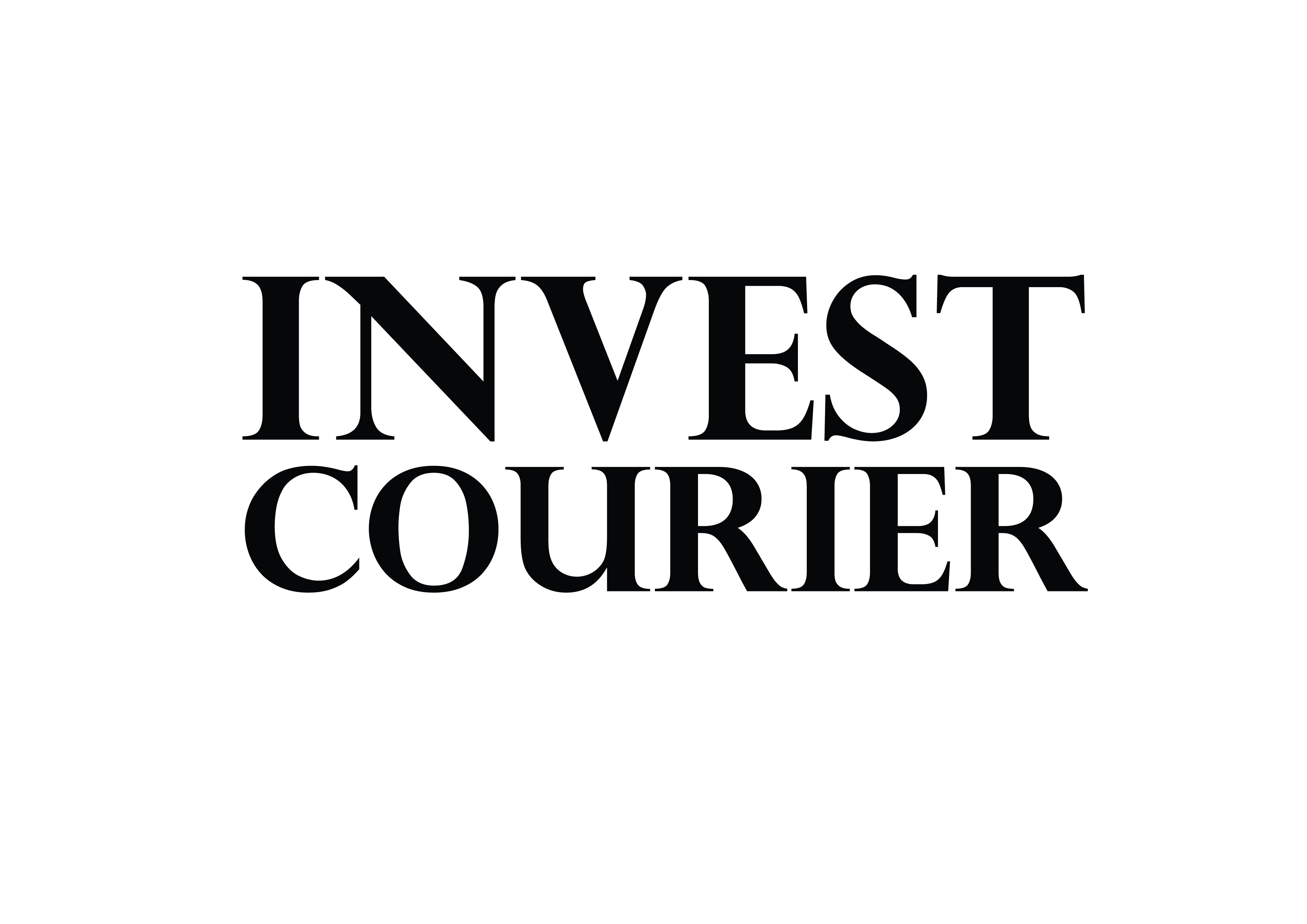Gaining control over your finances opens doors to living life on your terms. Whether you dream of leaving the workforce sooner or simply want more flexibility, strategic planning makes it possible. The key lies in knowing how much you need to sustain your desired lifestyle.
A common approach involves multiplying your yearly expenses by 25. For instance, if you spend $40,000 annually, aiming for a $1 million portfolio could provide stability. This method stems from the Trinity Study, which supports a 4% withdrawal rate for long-term security.
Unlike traditional retirement plans, this strategy focuses on savings and investments tailored for earlier transitions. The sooner you start, the more time your money has to grow. Every dollar saved today brings you closer to the freedom you deserve.
Key Takeaways
- Strategic planning helps achieve financial goals faster.
- Multiply annual expenses by 25 to estimate your target.
- The 4% rule provides a sustainable withdrawal rate.
- Early action maximizes growth through compounding.
- Customize plans based on lifestyle and priorities.
What Is the FIRE Movement and Why Does Your Number Matter?
The dream of leaving the 9-to-5 grind early isn’t just a fantasy; it’s a movement with a proven blueprint. Rooted in the 1992 bestseller Your Money or Your Life, the philosophy challenges traditional retirement timelines. Authors Vicki Robin and Joe Dominguez framed money as “life energy,” urging readers to weigh expenses against hours worked.
The Origins and Principles of FIRE
At its core, this strategy prioritizes financial freedom over decades of mandatory work. The modern movement splits into three approaches:
- Fat FIRE: Luxurious lifestyles with higher savings targets.
- Lean FIRE: Minimalist living on tight budgets.
- Barista FIRE: Part-time work to supplement passive income.
Despite its popularity, only 1% of Americans aged 40–44 achieve early retirement. Gallup data shows most still retire at 61, highlighting the movement’s disruptive appeal.
How Your Target Defines Financial Freedom
Your magic number isn’t arbitrary—it’s the bridge between today’s sacrifices and tomorrow’s autonomy. The concept of “FU money” (enough to walk away from unfulfilling work) embodies this shift. Unlike passive retirement savings, FIRE demands active wealth-building through:
- Aggressive saving (often 50–70% of income).
- Strategic investments in low-cost index funds.
- Conscious spending aligned with personal values.
Robin’s updated message resonates: true independence isn’t about hoarding wealth but designing a meaningful life. Your number is the key to that door.
How to Calculate Your FIRE (Financial Independence, Retire Early) Number
Crunching the numbers for early freedom doesn’t require complex formulas—just smart math. Your target hinges on two core principles: the Rule of 25 and the 4% withdrawal rate. Together, they create a roadmap to sustain your lifestyle without traditional employment.
The Rule of 25: Your Financial Blueprint
Multiply your yearly spending by 25 to estimate your goal. This mirrors the 4% rule, ensuring your portfolio lasts decades. For example:
- $30,000/year → $750,000 target
- $50,000/year → $1.25 million target
- $80,000/year → $2 million target
The Trinity Study backs this with a 99% success rate for 30-year retirements. Adjust for inflation by adding 2–3% annually to withdrawals.
Why the 4% Rule Works (and When It Doesn’t)
A 4% withdrawal rate balances sustainability with flexibility. But markets fluctuate—early retirees face *sequence of return risk*. Consider:
- 3% rate: Safer for 50+ year timelines.
- Australian markets: Higher dividends may allow 4.5% withdrawals.
Tools like Pearler’s Financial Independence Calculator refine estimates based on your age and risk tolerance.
Real-Life Scenarios: From Lean to Luxe
Marcos, 25, saves $2,255 monthly. At an 8% return, he’ll hit $1.25 million in 20 years. Contrast this with:
- Lean: $30k/year → Tiny home living, frugal travel.
- Moderate: $50k/year → Suburban comfort, occasional splurges.
- Luxe: $90k/year → International travel, premium healthcare.
Note: Early 401(k) withdrawals incur 10% penalties—plan taxable accounts for bridge years.
Planning Your Retirement Budget: Key Expenses to Consider
Mapping out your future costs is the foundation of sustainable freedom. Your annual expenses today set the stage for tomorrow’s independence. Break them into three pillars: housing, healthcare, and lifestyle choices.

Housing: Your Largest Fixed Cost
Housing eats 30% of most budgets. Consider these strategies:
- Mortgage payoff: Eliminating payments reduces monthly needs.
- Downsizing: Smaller homes cut property taxes and maintenance.
- Geoarbitrage: Moving to lower-cost areas stretches savings further.
A $750k portfolio supports $30k/year in rural towns versus $50k in cities.
Healthcare: Navigating Early Retirement
Under-65 retirees lose employer insurance. Options include:
- Marketplace plans: Premium tax credits reduce costs until Medicare kicks in.
- HSA accounts: Untapped funds become a stealth IRA after age 65.
Watch for ACA subsidy cliffs—earning $1 extra could cost thousands in lost credits.
Lifestyle: Balancing Joy and Practicality
Leisure spending varies wildly. Benchmark these:
- Travel: $5k/year for domestic trips vs. $15k+ internationally.
- Food: $300/month per person for home cooking vs. $800 dining out.
- Childcare: Temporary costs that disappear as kids age.
Property taxes and vehicle maintenance often surprise early retirees. Review county records before relocating.
Adjusting Your Savings Rate to Hit Your FIRE Goal Faster
Small changes today can shave years off your path to financial independence. The relationship between your savings rate and timeline isn’t linear—it’s exponential. Every percentage point increase creates ripple effects through compound growth.
The Power of Time and Compounding
An 8% average return turns $1,000 into $2,158 in 10 years. Wait 20 years, and it becomes $4,660. This growth accelerates most between years 15–25.
Compare these scenarios starting at age 30:
| Monthly Savings | Years to $1M | Retirement Age |
|---|---|---|
| $2,000 (30% rate) | 22 | 52 |
| $3,300 (50% rate) | 12 | 42 |
| $5,000 (70% rate) | 8 | 38 |
Real-World Savings Strategies
John, 28, saves 50% of his $120k income. Investing $60k yearly at 7% return, he’ll reach $1M in 12 years. Genevieve takes a balanced approach—30% savings with 5% annual raises cuts her timeline to 17 years.
Boost your rate with these tactics:
- Side hustles: An extra $500/month = 3 fewer working years
- Coast FIRE: Save aggressively early, then reduce contributions
- Fee optimization: 1% lower fees = 10% more money in 30 years
Your savings snowball starts small but gains momentum. Increase your rate by just 5% this year—future you will thank you.
Investing Strategies to Grow Your FIRE Fund
Smart investing turns savings into lasting freedom. The right mix of accounts and assets can cut years off your timeline. Focus on tax efficiency, low fees, and proven market performance.
Maximizing Tax-Advantaged Accounts
2024 contribution limits create clear priorities:
- 401(k): $23,000 ($30,500 if 50+)
- IRA: $7,000 ($8,000 if 50+)
Roth accounts shine for early retirees. Pay taxes now to withdraw tax-free later. Traditional accounts defer taxes but require careful planning for early access.
The Roth conversion ladder bypasses penalties. Convert traditional IRA funds gradually while living off taxable accounts. Each conversion becomes accessible penalty-free after five years.
| Account Type | Tax Treatment | Early Access Rules |
|---|---|---|
| Roth IRA | Tax-free growth | Contributions anytime; earnings after 59½ |
| Traditional IRA | Tax-deferred | 72(t) payments or conversion ladder |
| Taxable Brokerage | Annual capital gains | No restrictions |
Harnessing Market Returns
The S&P 500’s 10% historical return makes index funds ideal. Vanguard’s VTSAX returned 12.1% annually from 2010-2020. Compare this to target date funds averaging 7-8%.
A simple three-fund portfolio balances growth and stability:
- 60% US total market (VTI)
- 30% international (VXUS)
- 10% bonds (BND)
Health Savings Accounts offer triple tax benefits. Contributions reduce taxable income, growth is tax-free, and withdrawals for medical expenses avoid taxes entirely. After age 65, they function like traditional IRAs.
Real estate and REITs provide diversification but require more management. Limit these to 10-15% of your portfolio unless pursuing rental income strategies.
Warning: Annuities often carry high fees and surrender charges. They’re rarely suitable for early retirees needing liquidity.
Common Pitfalls and How to Avoid Them
History shows market turbulence can derail early retirement dreams. The difference between success and struggle often lies in anticipating risks before they strike. Let’s explore where plans typically falter—and how to bulletproof yours.
Inflation Blind Spots
The 1970s stagflation crisis tested even robust portfolios. While consumer prices rose 7% annually, healthcare costs jumped 11%. This discrepancy still exists—Medicare reports medical inflation averages 2-3% above CPI.
Protect yourself with these buffers:
- Healthcare allocation: Budget 15-20% more than current medical expenses
- TIPS bonds: Treasury Inflation-Protected Securities adjust with CPI
- Geoarbitrage flexibility: Be ready to relocate if local costs spike
4% Rule in Stormy Markets
2008 retirees withdrawing 4% saw portfolios drop 30% in year one. Research shows a 3% rate survives 95% of historical scenarios versus 4%’s 85% success rate.
Consider dynamic systems:
- CAPE-based withdrawals: Adjust percentages when market valuations peak
- Bond tents: Hold 2-3 years’ expenses in short-term bonds during early retirement
- Guardrails: Reduce spending by 10% after 20% portfolio drops
The “one more year” syndrome has merit. Working an extra 12-18 months while markets recover can prevent irreversible damage. Part-time consulting or passion projects create income flooring during downturns.
Emergencies demand separate planning. A $50k divorce settlement or $20k roof replacement could force untimely withdrawals. Maintain 6-12 months’ cash beyond your normal reserves.
Warning: Cryptocurrency’s volatility makes it risky for core portfolios. Limit speculative assets to 5% maximum. Stick with index funds for reliable growth.
Conclusion: Turning Your FIRE Number into Reality
Freedom starts with a plan and grows with action. Whether you follow John’s aggressive 12-year timeline or Genevieve’s balanced approach, consistency matters most. Tools like Pearler’s calculator help track progress, but your mindset determines success.
Every journey looks different. Some prefer part-time work, while others aim for complete independence. Bankrate’s AdvisorMatch connects you with professionals to refine your strategy. Online communities offer support when motivation dips.
Revisit your numbers yearly as life changes. Market shifts, new goals, or unexpected expenses may require adjustments. Stay flexible—phased retirement often works better than abrupt exits.
Start today. Track spending, boost savings, and celebrate small wins. Your future self will thank you for the first step.
FAQ
What exactly is the FIRE movement?
The FIRE movement is a lifestyle strategy focused on aggressive savings and smart investing to achieve financial independence much earlier than traditional retirement age. It prioritizes freedom over excessive spending.
Why is calculating your number so important?
Your number represents the amount needed to cover living expenses indefinitely without relying on a paycheck. It’s the foundation of your early retirement plan, ensuring you don’t run out of money.
How does the 4% rule work?
The 4% rule suggests withdrawing 4% of your portfolio annually, adjusted for inflation, to sustain your lifestyle. It’s based on historical market performance but requires flexibility in volatile conditions.
What if my expenses change after retiring early?
Regularly review your budget and adjust withdrawals as needed. Unexpected costs like healthcare or inflation can impact your plan, so staying flexible is key to long-term success.
Can I still enjoy life while saving aggressively?
Absolutely! Many followers balance frugality with mindful spending on experiences they value. Cutting unnecessary costs—not happiness—helps accelerate progress toward financial freedom.
Are tax-advantaged accounts like IRAs useful for FIRE?
Yes! Accounts like Roth IRAs or 401(k)s offer tax benefits that boost growth. Pair them with taxable investments to bridge the gap before accessing penalty-free retirement funds.
How do I protect my savings from market downturns?
Diversify investments across low-cost index funds and maintain an emergency cash buffer. Avoid panic selling—historically, markets recover over time, supporting the 4% withdrawal strategy.


